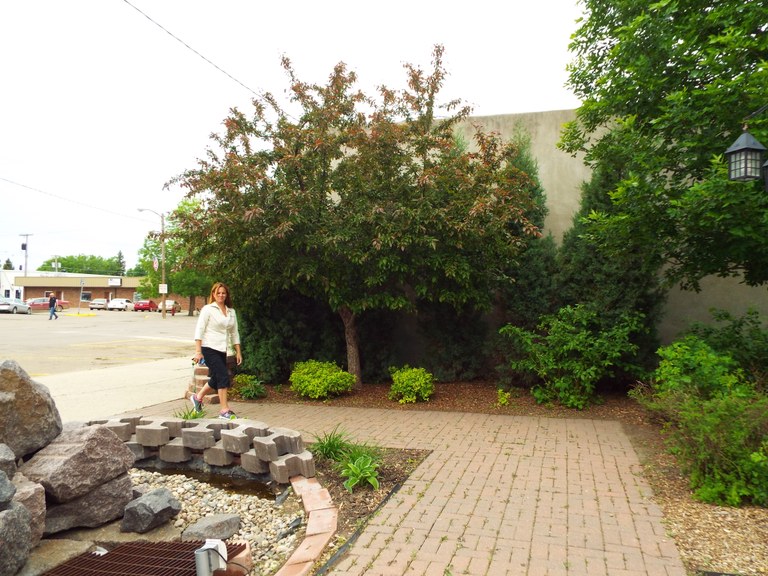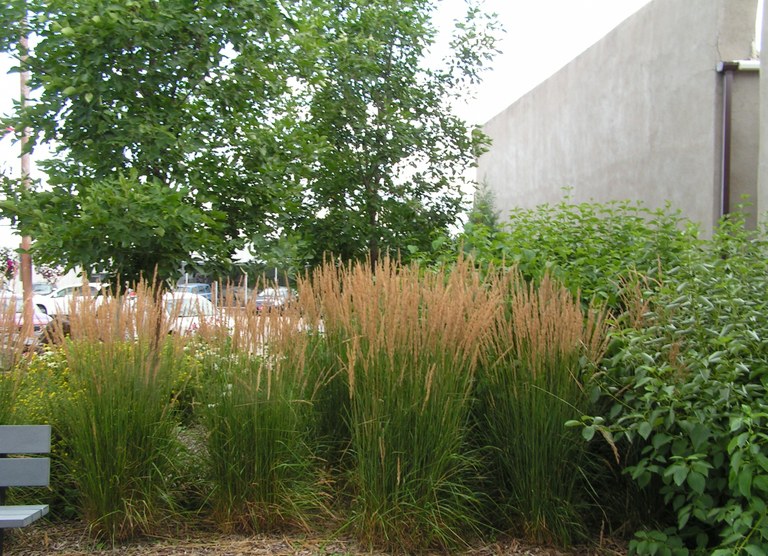Revitalizing North Dakota Communities with Trees
Governor Doug Burgum has kicked off a series of meetings to discuss the newly evolving North Dakota Main Street Initiative with community leaders and residents. At the heart of this statewide initiative is an effort to identify the unique attributes of North Dakota communities. With more than 300 incorporated municipalities in the state, it is up to each area to identify their strengths and build upon them. While one town may have a strong agricultural sector, others have access to natural amenities or a vibrant cultural arts community. Key to every successful community is the ability to recruit and retain workers and improve quality of life; we want safe, healthy cities with vibrant, walkable main streets and downtowns.
At the risk of oversimplifying the daunting task of creating safe, healthy cities, consider how areas with trees contribute to this very thing:
- Trees filter airborne pollutants and reduce the conditions that cause asthma and other respiratory problems.
- Neighborhood parks promote exercise, especially to people living within a mile of a park. In one study, 75% of park users lived a mile or less from the park. In most North Dakota communities with a city park, that park is surely within one mile of resident homes.
- A study on children with attention deficit disorders discovered that the effect of a walk through a park is equal to peak effects of two typical ADHD medications.
- Visual exposure to settings with trees helps recovery from stress within five minutes, as indicated by changes in blood pressure and muscle tension.
- Green environment impacts worker productivity: in one study, workers without nature views from their desks claimed 23% more sick days than workers with views of nature.
- Trees improve driving safety. The presence of trees in a suburban landscape significantly reduced the cruising speed of drivers by an average of 3 miles per hour.
In addition, trees can help save money and even “make” money for your community:
- Street trees prolong the life of pavement. Shaded roads can save up to 60% over 30 years of repaving costs by reducing pavement fatigue, cracking, rutting and other distress.
- Just three strategically placed trees around buildings can decrease utility bills by 50%. Shading an air conditioning unit can increase its efficiency by 10 percent.
- Urban trees can reduce annual storm water runoff by 2-7 percent, and a mature tree can take up and store 50 to 100 gallons of water during large storms.
- Shoppers will travel further and longer to visit a district with high quality trees, and spend more time there once they arrive. Consumers will spend 9 to 12 percent more for products in business districts with attractive tree-lined spaces.
Communities across North Dakota have collaborated with the ND Forest Service to complete hundreds of planting and program development projects along streets, in schoolyards and in parks. How can your hometown become a more vibrant community?



Photos: Hazen’s downtown “pocket park” includes wooden shelters, a water feature, colorful flowers and an assortment of trees and shrubs. It is a favorite spot for many community and family gatherings.
See: “Benefits of Trees and Urban Forests: A Research List,” Alliance for Community Trees, August 2011. Web: www.ACTrees.org
Gerri Makay
gerri.makay@ndsu.edu
ND Forest Service


